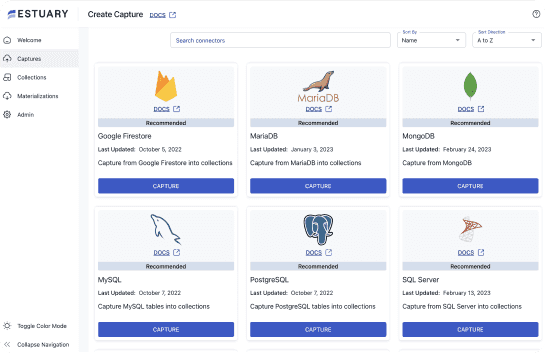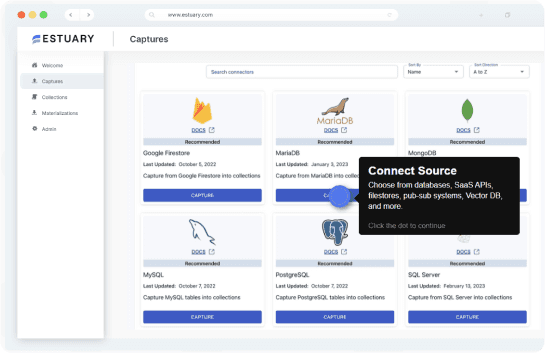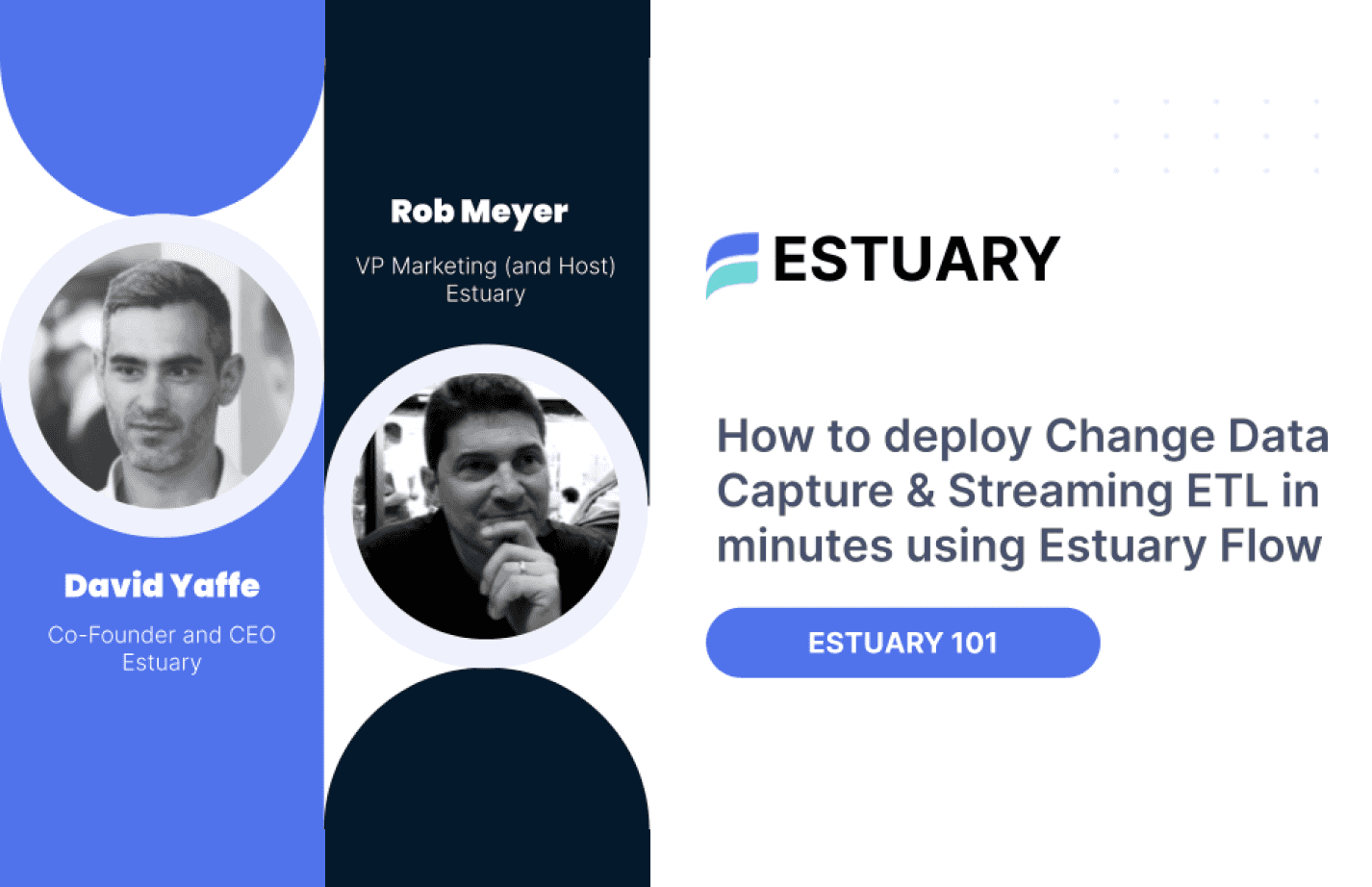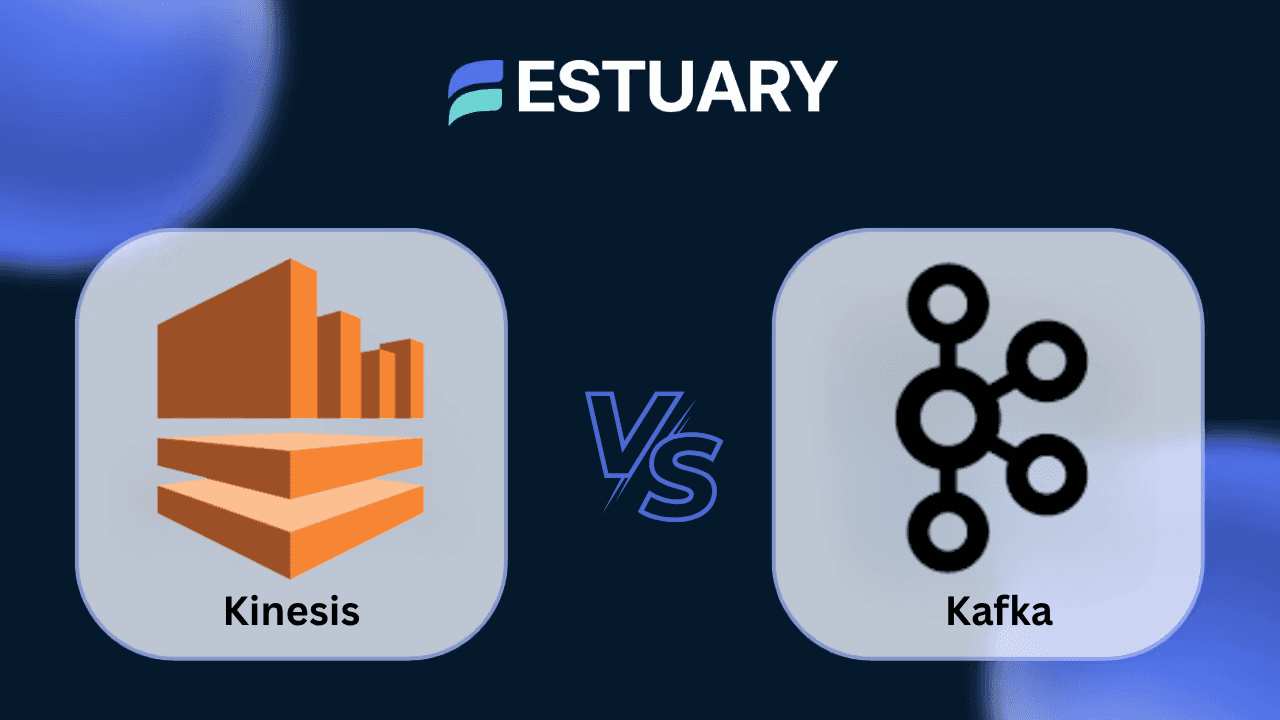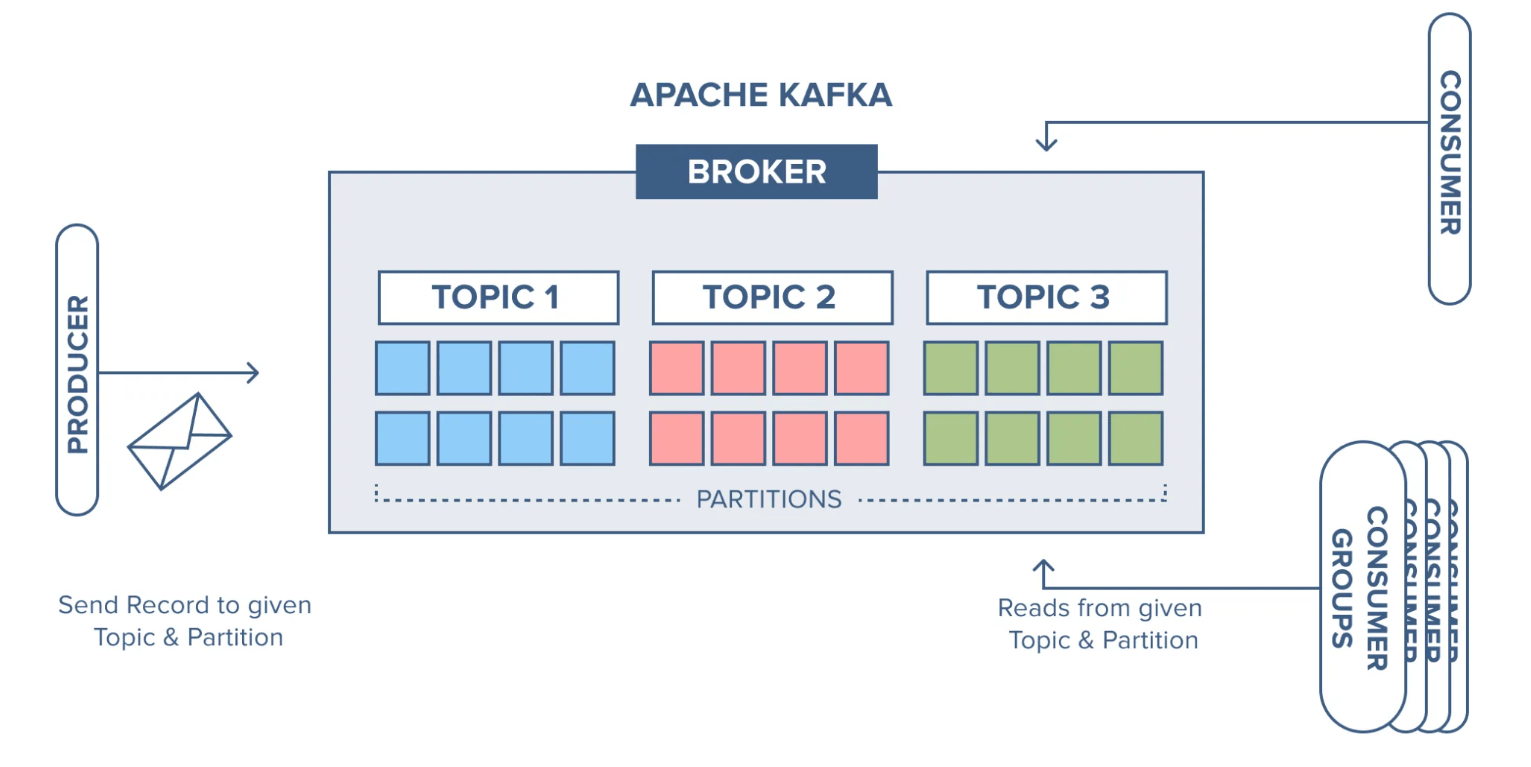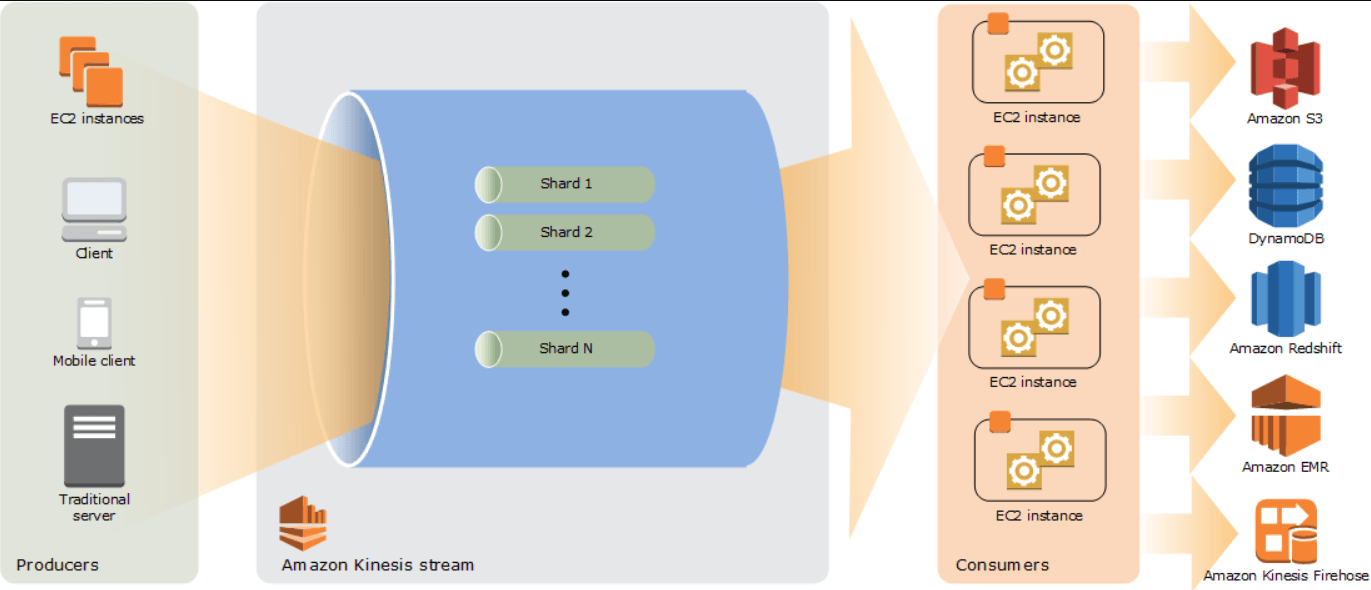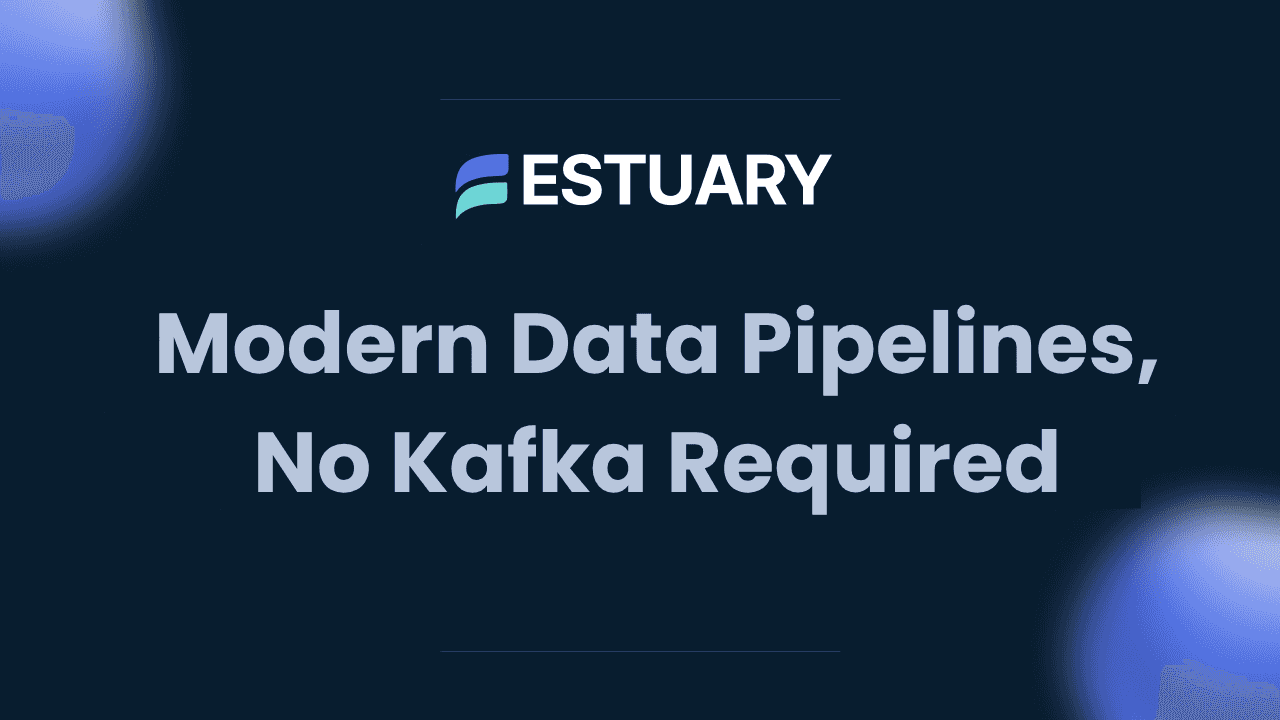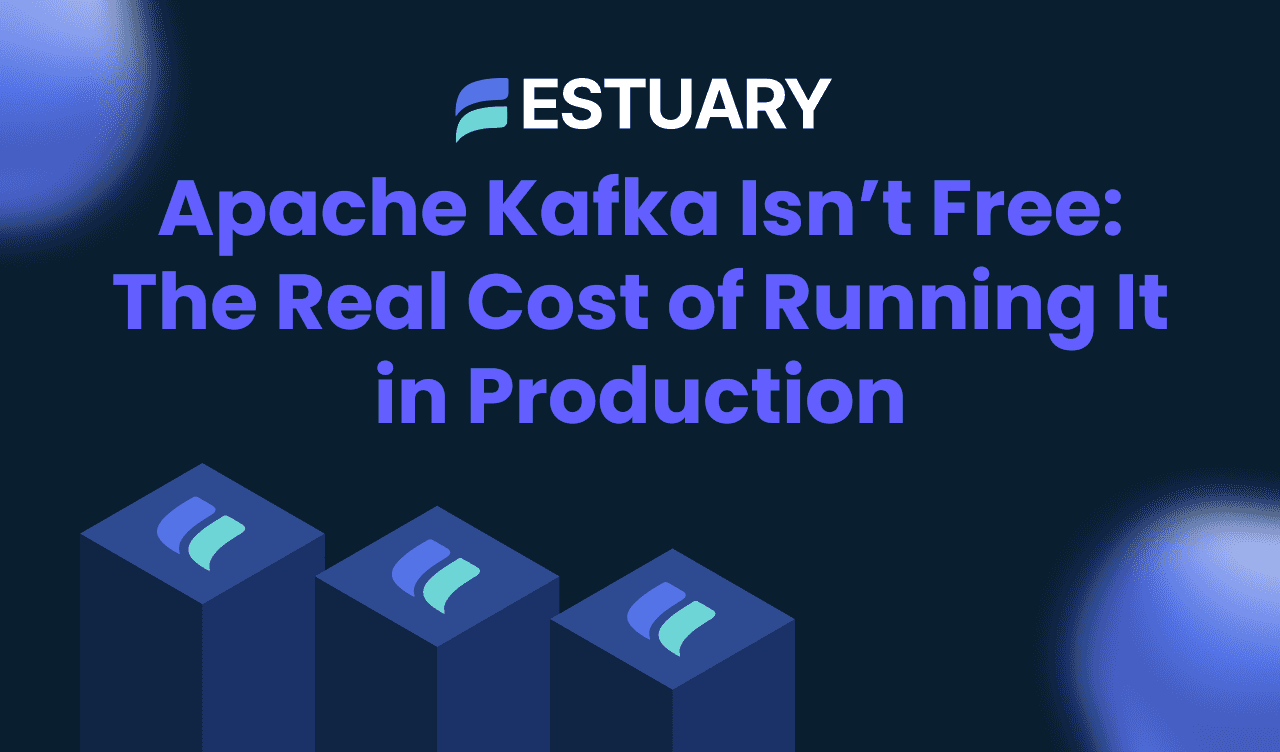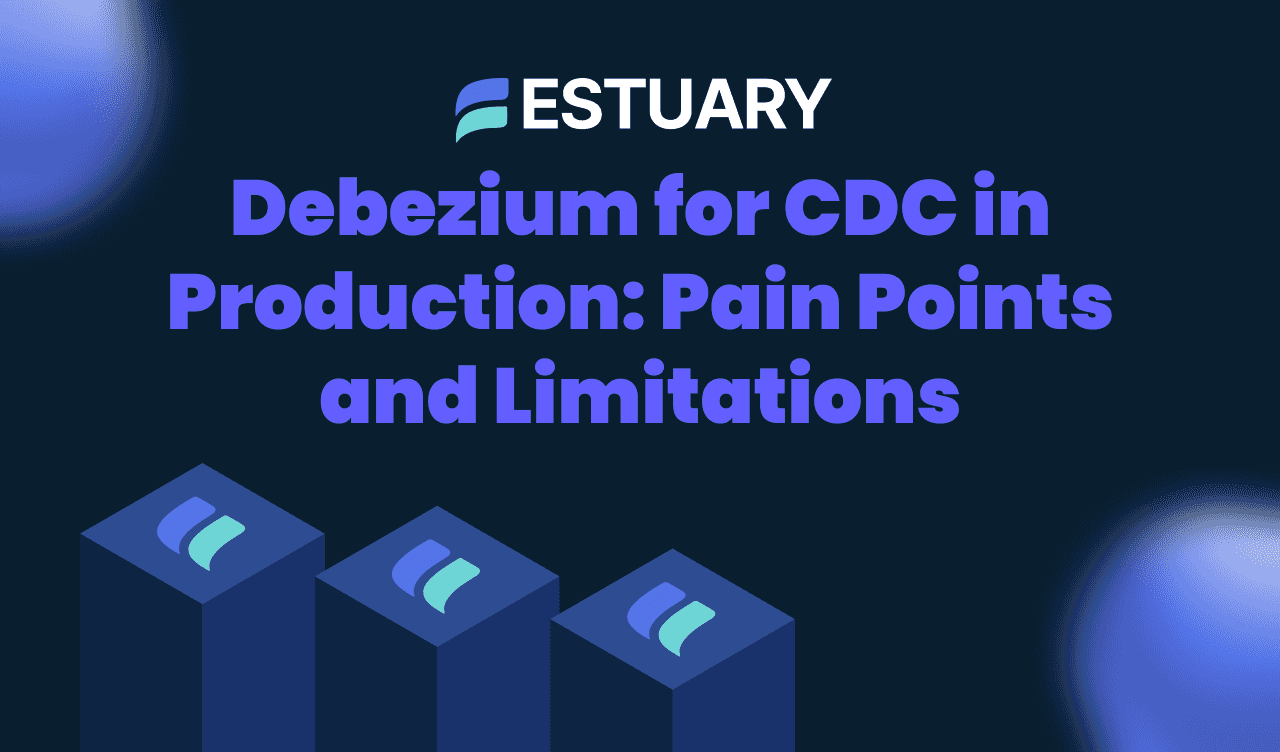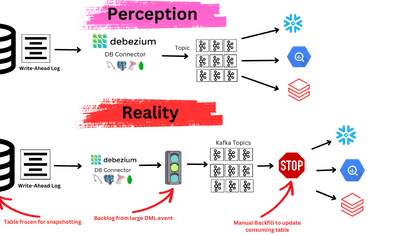
Choosing between Apache Kafka and Amazon Kinesis comes down to a core decision: do you want full control over a highly configurable streaming system, or a fully managed service that integrates tightly with AWS?
Both Kafka and Kinesis are designed to handle real-time data streams at scale. They allow producers to publish data to topics or streams and let consumers process that data independently, enabling use cases like log aggregation, clickstream analytics, fraud detection, and event-driven microservices.
However, their underlying architectures, operational trade-offs, and cost models are fundamentally different. Kafka offers more flexibility and vendor neutrality, but typically requires more operational overhead unless you opt for a managed provider like Confluent or Amazon MSK. Kinesis, on the other hand, abstracts the infrastructure away entirely — but comes with proprietary APIs, service limits, and tighter AWS lock-in.
This comparison breaks down the key differences between Kafka and Kinesis across several dimensions: deployment, performance, scalability, data retention, pricing, developer experience, and security, to help you decide which tool is best suited for your real-time data needs.
What is Apache Kafka?
Apache Kafka is an open-source distributed event streaming platform designed for high-throughput, low-latency data pipelines and real-time analytics. It enables applications to publish and subscribe to streams of records, process them in real time, and store them reliably.
Key Components
- Brokers: Kafka servers that store data and serve client requests.
- Topics: Categories to which records are published; each topic is split into partitions for scalability.
- Producers: Clients that publish records to Kafka topics.
- Consumers: Clients that subscribe to topics and process the records.
- Consumer Groups: Allow multiple consumers to coordinate and share the processing of topic partitions.
As of Kafka 4.0, released in early 2025, Kafka operates in KRaft mode by default, eliminating the need for Apache ZooKeeper. This transition simplifies Kafka's architecture, enhances scalability, and reduces operational complexity.
Notable Features
- Exactly-once semantics for producers and stream processors.
- Kafka Connect for integrating with external systems.
- Kafka Streams for building real-time applications.
- Configurable retention policies and message replay capabilities.
Kafka is widely adopted for use cases like log aggregation, real-time analytics, event sourcing, and building data pipelines.
What is Amazon Kinesis?
Amazon Kinesis is a fully managed suite of services by AWS for collecting, processing, and analyzing real-time streaming data at scale. It enables you to ingest high volumes of data from sources like websites, applications, IoT devices, and logs without managing infrastructure.
Core Components
- Kinesis Data Streams (KDS): Ingests and stores real-time data in shards. Consumers can process data using AWS SDKs or AWS Lambda.
- Kinesis Data Firehose: Loads streaming data into destinations like S3, Redshift, or OpenSearch with automatic scaling and optional transformations.
- Kinesis Data Analytics: Enables SQL-based stream processing on data from Kinesis Data Streams or Firehose.
Key Capabilities
- Fully managed with no server provisioning.
- Scales based on number of shards (KDS) or throughput (Firehose).
- Built-in integration with AWS services: Lambda, S3, Redshift, CloudWatch, and more.
- Data retention: default 24 hours (extendable to 7 days); up to 1 year with extended retention.
Security & Reliability
- Supports encryption at rest and in transit (KMS).
- VPC integration, IAM for access control, CloudWatch for monitoring.
- High availability across multiple AZs (Availability Zones).
Kinesis is ideal for AWS-native workloads that need real-time ingestion without managing Kafka infrastructure or tuning clusters.
Key Differences Between Kafka and Kinesis
While Apache Kafka and Amazon Kinesis serve similar functions — real-time data streaming — they diverge in architecture, deployment, performance, cost, and developer experience. Understanding these differences is essential to choosing the right tool for your use case.
Deployment & Infrastructure Management
- Kafka:
Requires setup and management unless you use a managed service like Confluent Cloud or Amazon MSK (Managed Streaming for Kafka). Offers flexibility in on-prem, multi-cloud, or hybrid deployments. - Kinesis:
Fully managed by AWS. You don’t manage servers, storage, or scaling mechanics.
Reader takeaway: If you want complete control and flexibility (even outside AWS), Kafka fits. If you want zero infrastructure to manage and are AWS-native, Kinesis wins.
Performance & Scalability
- Kafka:
Delivers extremely high throughput and sub-second latency. Scalability comes from partitioning across multiple brokers. Can handle millions of messages per second with proper tuning. - Kinesis:
Performance is tied to shards (unit of capacity). Each shard supports 1 MB/sec writes and 2 MB/sec reads. For higher throughput, you must add more shards manually or via on-demand mode (introduced in 2021).
Reader takeaway: Kafka offers more raw performance and scalability headroom, especially at high volume. Kinesis is simpler to scale but has shard-based limitations.
Data Retention & Replay
- Kafka:
Retains data for a configurable period (default 7 days; can be set to months or even indefinitely). Consumers can reprocess data from any point in the log. - Kinesis:
Default retention is 24 hours (extendable to 7 days). With Extended Data Retention, you can store records for up to 365 days (added cost).
Reader takeaway: Kafka’s replayability and long-term retention make it ideal for complex analytics, machine learning, and reprocessing use cases.
Ecosystem & Integration
- Kafka:
Rich open-source ecosystem. Integrates with tools like Debezium (CDC), Kafka Connect, ksqlDB, Apache Flink, Spark, and cloud-native pipelines. - Kinesis:
Deeply integrated with the AWS ecosystem. Works out of the box with Lambda, Redshift, S3, CloudWatch, and Kinesis Data Firehose.
Reader takeaway: Kafka is better for hybrid, cross-platform systems. Kinesis is seamless if your stack is AWS-only.
Pricing Model
- Kafka:
Costs vary by deployment. With self-hosting, you pay for compute, storage, and ops overhead. Managed Kafka (e.g., MSK, Confluent Cloud) adds a service layer fee. - Kinesis:
Pay-as-you-go pricing based on:- Number of shards
- Data volume (ingest + egress)
- Optional features (Enhanced Fan-Out, Extended Retention)
Reader takeaway: Kinesis has predictable, consumption-based pricing but can get expensive at scale. Kafka gives you cost control — but only if you’re okay managing complexity.
Developer Experience
- Kafka:
Offers mature client libraries in many languages. API is open and stable. Powerful tooling available for debugging, stream testing, and offset management. - Kinesis:
AWS SDK-based APIs; easier initial setup, but more limited in flexibility. Proprietary protocol makes switching away harder.
Reader takeaway: Kafka gives power users more flexibility. Kinesis is more “plug and play” for AWS developers but less portable.
Security & Compliance
- Kafka:
Security features depend on deployment. Supports TLS, ACLs, OAuth, SASL, RBAC (via Confluent), and encryption at rest. - Kinesis:
Inherits AWS-grade security: IAM, VPCs, KMS encryption, CloudTrail auditing.
Reader takeaway: Kinesis is secure by default for AWS users. Kafka requires more hands-on setup but can match enterprise-grade needs.
When to Use Kafka vs. Kinesis
Both Kafka and Kinesis can handle high-scale real-time data streaming, but their ideal use cases differ based on your infrastructure, control needs, and team capabilities.
Choose Kafka if:
- You need vendor-neutral, open-source infrastructure.
- You're building a hybrid or multi-cloud architecture.
- You require long-term retention, log replay, or exactly-once guarantees.
- You want to integrate with tools like Flink, Debezium, or ksqlDB.
- You have an operations team that can manage or tune clusters, or you're using Confluent Cloud or Amazon MSK to offload some complexity.
Best for: Real-time analytics, complex stream processing, event sourcing, large-scale CDC pipelines.
Choose Kinesis if:
- You’re fully invested in AWS and want fast, seamless integrations with Lambda, Redshift, S3, and CloudWatch.
- You prefer a fully managed solution with no infrastructure to maintain.
- Your use case doesn’t require long data retention or high replay flexibility.
- You need to get started quickly and scale later without worrying about partition management.
Best for: Lightweight AWS-native streaming use cases like log ingestion, real-time dashboards, or serverless event triggers.
Bonus Insight: Combine Both
Some architectures even use Kafka for ingestion and Kinesis Firehose for delivery, or vice versa — especially in hybrid environments. But in most cases, the right choice comes down to ecosystem alignment and operational ownership.
Real-World Example Use Cases
Understanding where each platform shines in real-world applications can clarify which one fits your architecture best. Below are common scenarios where Kafka and Kinesis are deployed — and why they’re a good match.
Apache Kafka in Production
1. Change Data Capture (CDC) Pipelines
Kafka is often used with Debezium to stream database changes from MySQL, Postgres, or MongoDB into analytics platforms or data lakes. Its replayability and schema registry make it ideal for reliable, ordered CDC.
2. Event-Driven Microservices
Companies like LinkedIn, Netflix, and Shopify use Kafka to decouple services via asynchronous communication. Each microservice can publish or consume events without tight coupling.
3. Real-Time Machine Learning Features
Kafka Streams or Flink can process incoming data in real time, enrich it, and push it into ML feature stores.
4. Fraud Detection Systems
Financial services stream user behavior and transaction logs through Kafka to detect anomalies in milliseconds using stream processors.
Amazon Kinesis in Production
1. Real-Time Log Ingestion to S3 or Redshift
Using Kinesis Data Firehose, you can ingest logs or metrics and deliver them directly into Amazon S3, Redshift, or OpenSearch, often with no code.
2. IoT Telemetry Ingestion
IoT devices stream telemetry data through Kinesis Data Streams to trigger downstream Lambda functions for filtering, alerts, or real-time dashboards.
3. Serverless Stream Processing with Lambda
Kinesis and AWS Lambda integrate natively, enabling you to build serverless pipelines for filtering, transformation, and alerting without provisioning infrastructure.
4. Clickstream Analytics
Web or app click data is streamed into Kinesis Analytics, processed via SQL, and sent to Amazon QuickSight for real-time visualizations.
Kafka vs Kinesis: Modern Alternatives You Should Know
While Kafka and Kinesis remain dominant in real-time streaming, they aren’t always the most efficient or accessible solutions, especially for teams that want real-time pipelines without managing infrastructure or writing complex code.
That’s where modern platforms like Estuary Flow come in.
Estuary Flow: Real-Time Streaming Without the Complexity
Estuary Flow is a unified data integration platform that combines real-time ingestion, stream processing, and materialization into a single, fully managed system, with zero infrastructure setup required.
What Makes Flow Different:
- Out-of-the-box connectors for databases (like Postgres, MySQL), APIs (like HubSpot, Salesforce), message queues (like Kafka), and warehouses (like Snowflake, BigQuery, Databricks).
- Change Data Capture (CDC) built-in — no Debezium or Kafka Connect needed.
- Streaming-first architecture that materializes data continuously to your destination (SQL, lakehouse, or API).
- No custom code required — configure pipelines via UI or YAML specs.
- Exactly-once semantics and schema enforcement for consistency.
Want to stream from Postgres to BigQuery? Or Kafka to Iceberg? Flow handles it end-to-end, in real time, without writing or maintaining glue code.
How Estuary Flow Compares to Kafka & Kinesis
Feature | Estuary Flow | Apache Kafka | Amazon Kinesis |
| Setup & Management | Fully managed, no infra setup | Self-managed or managed with effort | Fully managed by AWS |
| Built-in CDC | ✅ Yes (native support) | External tools (e.g., Debezium) | Not built-in |
| Materializations | ✅ Native, to SQL/warehouses/files | Requires separate sinks/connectors | With Firehose, limited flexibility |
| Stream Transformations | SQL-based or TypeScript derivations | Kafka Streams / Flink (custom dev) | SQL via Kinesis Analytics |
Ideal for: Data teams that want fast, reliable real-time pipelines across systems, without managing Kafka clusters or configuring shards.
Other Tools in the Space
- Redpanda: Kafka-compatible, single-binary alternative with low latency and no JVM.
- Apache Pulsar: Event streaming + messaging with tiered storage.
- Datastream (Google Cloud): Managed CDC and stream processing for GCP workloads
If you want full control or are already deep in AWS, Kafka or Kinesis may still fit. But if your priority is speed-to-value, developer simplicity, and streaming at scale without overhead, tools like Estuary Flow are rapidly becoming the smarter choice.
Conclusion
Apache Kafka and Amazon Kinesis are both proven platforms for real-time data streaming, but they serve different priorities.
- Kafka gives you full control, broad ecosystem support, and flexibility across any cloud or on-prem environment. It’s ideal for complex, large-scale systems, but it comes with significant operational overhead unless you choose a managed service.
- Kinesis offers a streamlined, AWS-native experience with minimal setup and seamless integrations. It’s great for teams that want to stay within the AWS ecosystem and prioritize simplicity over fine-grained control.
However, both solutions still require engineering effort, manual configuration, and platform-specific expertise.
That’s why many modern data teams are turning to Estuary Flow — a streaming-native platform that simplifies everything Kafka and Kinesis aim to do. With native support for CDC, real-time transformations, and automated delivery to your warehouse, lake, or API, Flow helps you build production-grade data pipelines faster — and with less code, cost, or maintenance.
Whether you’re syncing databases to Snowflake, connecting SaaS apps to BigQuery, or ingesting Kafka topics into a lakehouse — Estuary Flow handles it end-to-end in real time.
Want to try real-time streaming without managing Kafka or Kinesis? Explore Estuary Flow →

About the author
With over 15 years in data engineering, a seasoned expert in driving growth for early-stage data companies, focusing on strategies that attract customers and users. Extensive writing provides insights to help companies scale efficiently and effectively in an evolving data landscape.

